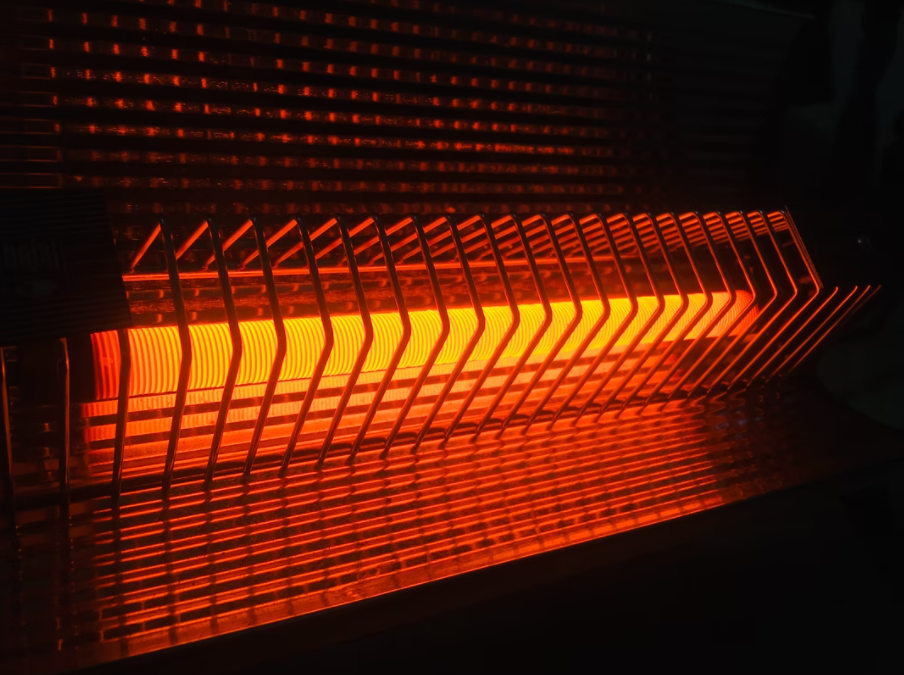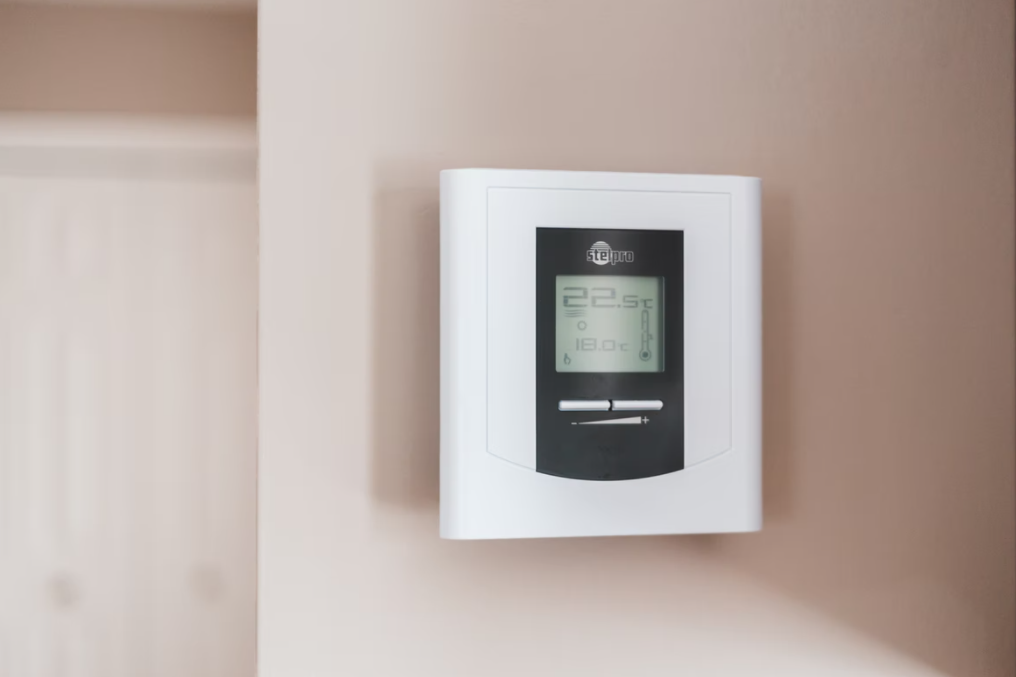Electric heating includes a variety of elements, from an electric radiator to Insert underfloor heating, each with their own advantages!
 Photos by: Unsplash
Photos by: Unsplash
We go through the many types of electric heaters and their pros and cons so you can choose the most suitable for your home.
1. Electric wall heaters
Wall heaters are ideal for extra warmth in small spaces, especially bathrooms. They're usually placed between two wall studs and are usually convection heating with a motorized fan, while some models use noiseless radiant heat with electro-coils and a reflective back wall.
Most of these units are self-contained and have built-in thermostats. Because of the conflict with exterior insulation and the condensation problems that hot metal creates in a cold exterior wall, these devices should not be installed in exterior walls.
2. Electric baseboard heating
Electric baseboard heaters are the same design as hydronic (hot water) baseboard heaters, but use electric coils for non-motorized convection heating.
Cool air is drawn into the lower slots by convection and heated by the heating coils and fins. The warm air then exits the top slots on the device. In order to avoid heat loss through the glass, these devices are often positioned under windows. The baseboard heating can be controlled with a mains voltage remote thermostat or with an integrated thermostat.

3. Toe kick or kick space heaters
Footstep heating is suitable for a room with limited space. They have a low profile of about 3.5 "so they fit comfortably under cabinets and vanities with 4" toe spacing. Because of their size, a motorized circulating air fan can be used to distribute warm air. They should be used as a secondary heat source with an external line voltage thermostat for best results.
4. Ceiling or surface heating
For the greatest comfort, electric cove heaters use direct radiant heat (infrared). Since radiant heat warms objects and not the air, you, your tile work, your tub and other objects will be warmed by the radiant heat from the slab. The hollow chamber heating can be installed on the wall directly under the ceiling, as the radiant heat allows the panel to be placed anywhere.

5. Electric heat pumps
Electric heat pumps are a type of electric Heating system absorbs heat from outside air and uses it to heat a house or building using a mechanical compression cycle. They deliver heat to a building in cold times, but can also reverse the direction of heat transfer and serve as an air conditioning unit in hot weather. These devices are generally efficient because they transfer thermal energy instead of producing it. However, they are best suited for use in moderate temperatures. In situations where the outside air temperature is extremely cold, an additional heating system may be required to increase capacity.
6. Electric drop-in underfloor heating
Drop-in electric underfloor heaters are small electric heaters that fit into an opening in the floor and provide extra warmth in draughty places with limited space. They are mounted parallel or perpendicular to the floor joists and lowered into the floor. These heaters provide warmth at floor level. Large windows, sliding glass doors, entrances, and hallways are all places they are used.




